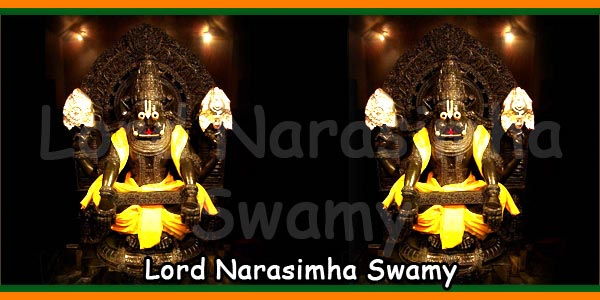Narasimha Jayanti is celebrated on Shukla Chaturdashi of Vaishakha. Lord Vishnu took the form of Narasimha, his 4th incarnation, as half lion and half man, to kill Demon Hiranyakashipu.
The highly auspicious Muhurta to observe Narasimha Jayanti Vratam is the combination of Vaishakha Shukla Chaturdashi with Swati Nakshatra and Saturday.
The fasting for Narasimha Jayanti and Ekadashi follow similar rules and guidelines. Devotees eat only single meal on the day before Narasimha Jayanti. Grains and cereals of all types are prohibited during Narasimha Jayanti fasting. Breaking the fast, known as Parana, is done next day at an appropriate time.
On the day of Narasimha Jayanti , devotees take Sankalp during Madhyahna (Hindu afternoon) and perform Narasimha Puja during Sanyakal, before sunset. Lord Narasimha was believed to be appeared during sunset, when Chaturdashi was dominant. It is advised to keep awake in the night and do Visarjan Puja next day morning. The fast may be broken after Visarjan Puja and giving donation to Brahmin.

Next day after sunrise, when Chaturdashi Tithi ends, Narasimha Jayanti fast is broken. It may be noted that if the Chaturdashi Tithi ends before sunrise, then the fast can be concluded at any time after sunrise, after doing Jayanti rituals. If Chaturdashi ends very late, probably in the last quarter of the day, then fast may be broken in the first half of the day. Here the day refers to the time period between sunrise and sunset.
Templesinindiainfo.com lists the right Madhyahna time to take Sankalp, Sanyakal duration to perform Puja and Parana time on next day to break the fast. All these timings are determined based on location and hence it is necessary to select the correct location before noting down Puja and Parana timings.
